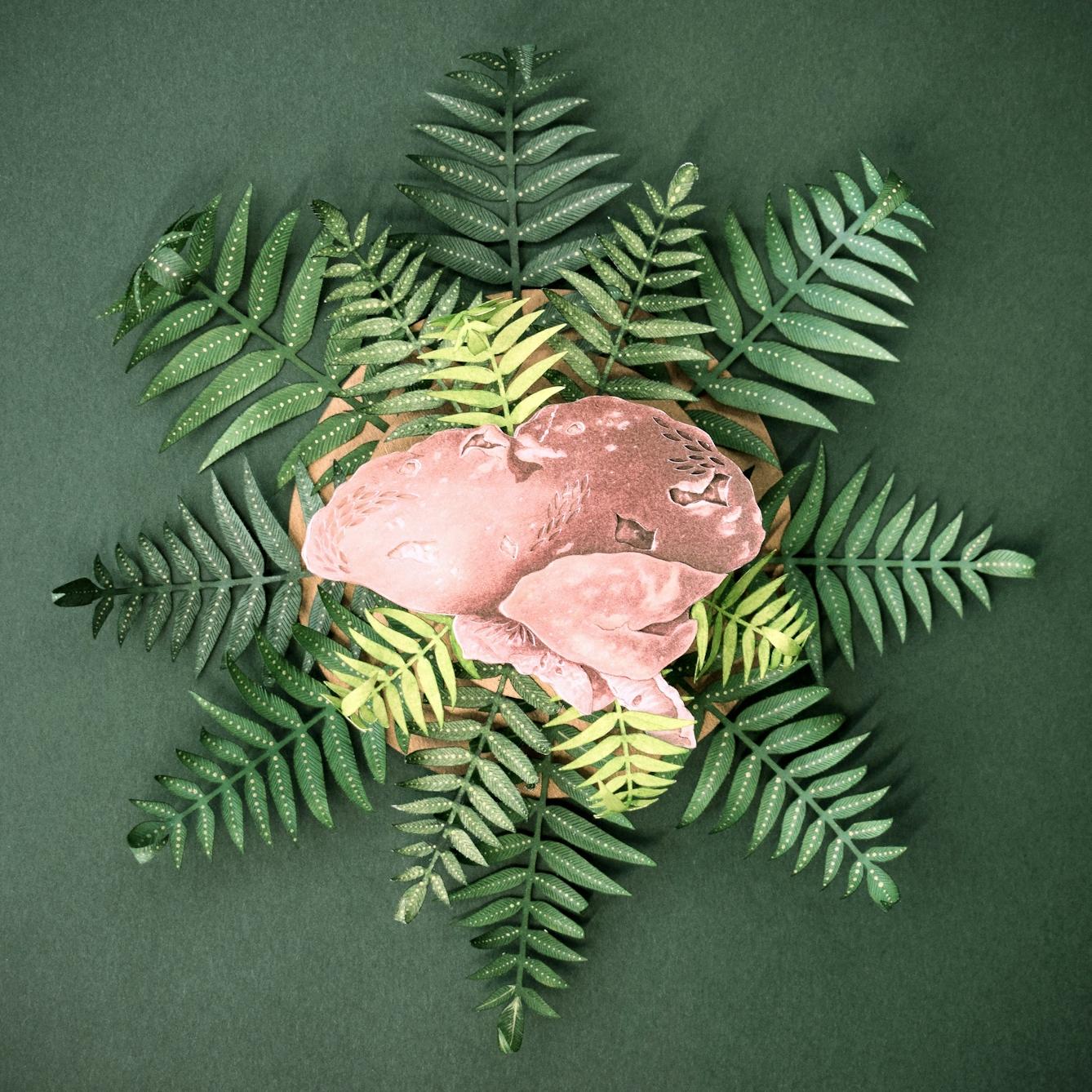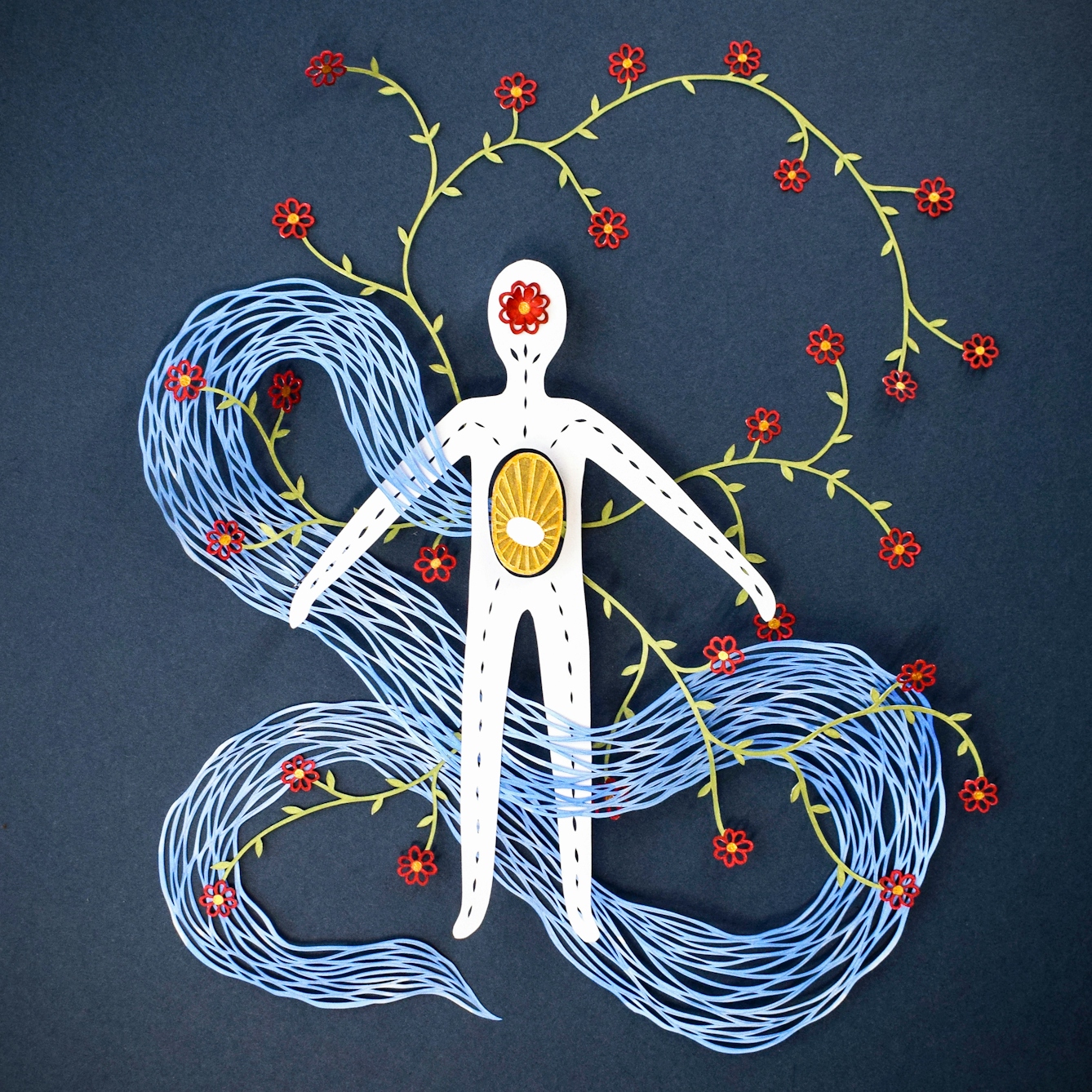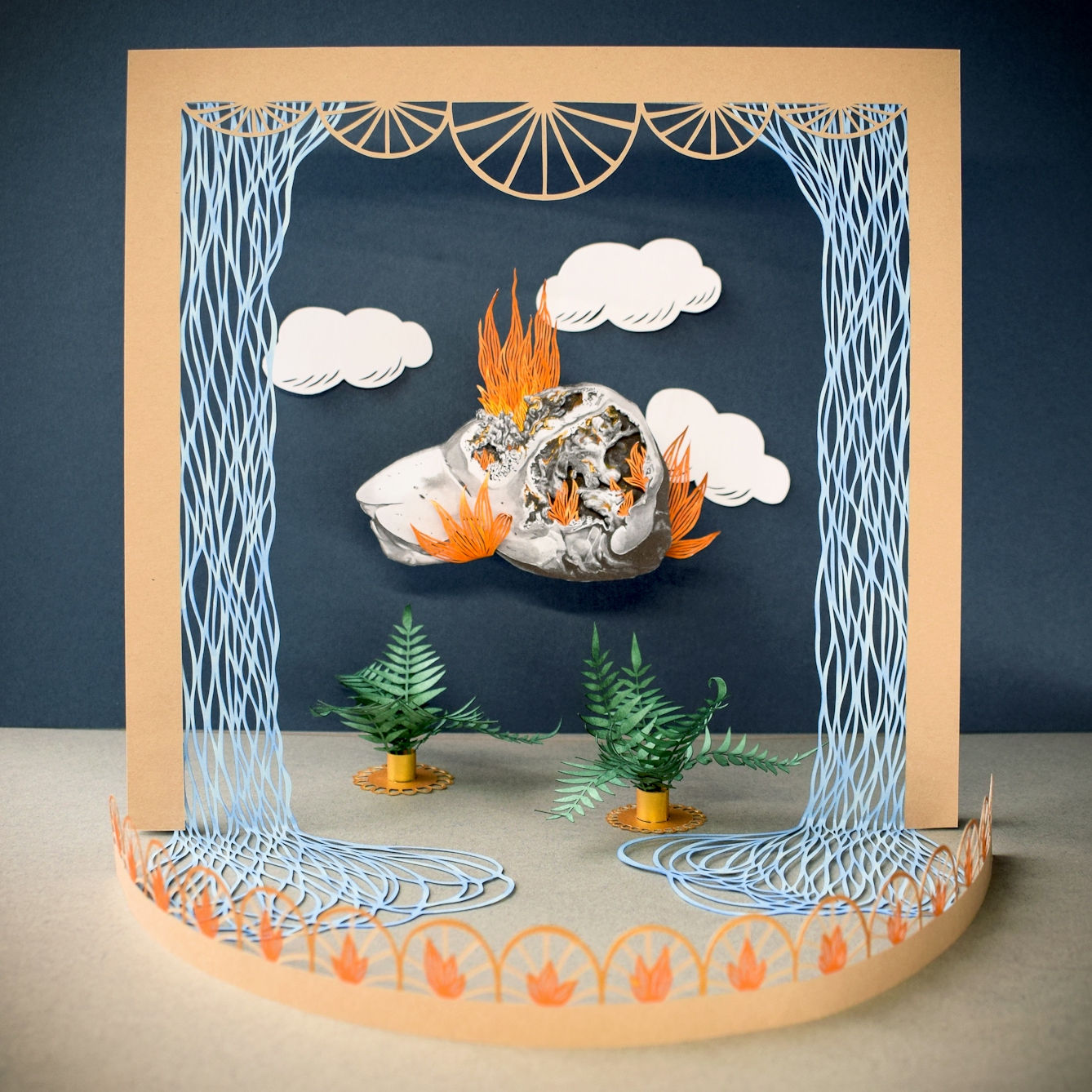During the first lockdown, James Morland was diagnosed with chronic pancreatitis. With face-to-face appointments impossible, he found that poetry, peppered with imagery from nature, helped him describe his symptoms and understand his phone conversations with medical staff.
After being diagnosed with chronic pancreatitis in the UK’s first coronavirus lockdown, I have received multiple text messages that follow the same urgent and auto-filled pattern:
“Dear JAMES MORLAND, your Gastroenterology appointment will now take place as a TELEPHONE CALL from one of our clinicians. Please DO NOT ATTEND THE HOSPITAL.”
Without in-person appointments, my doctors no longer press my abdomen to determine where my pains are located, and I’m left with only verbal language at my disposal. This involves techniques more readily found in the poetry I research, and my consultant’s calls also have a rhythm that needs to be deciphered. They are filled with words that seem to have been born from poetry, so perhaps in our next call we should talk of their history to make sense of my condition.
We could start with etymological roots. The pancreas means ‘all flesh’, deriving from the Greek pan (all) and kreas (flesh), though the ancient Roman physician Galen called it kalikreas, or ‘beautiful flesh’. Its beautiful fern-like shape, unfurling around my stomach, evokes the natural imagery I hear in my telephone appointments: “Calculi are present, but there are no stones within the biliary tree.”
On considering my “biliary tree”, I am taken to a natural poetic language of health. In the 18th century there was a vogue for poetry that concerned the wellbeing of body and mind, with poets offering up their ‘Invocation to Health’ (Henry Baker, 1723) and ‘Ode to Health’ (Joseph Warton, 1746).

“Its beautiful fern-like shape, unfurling around my stomach, evokes the natural imagery I hear in my telephone appointments.”
The poetry of the body
John Armstrong, a physician and poet, took this trend to new lengths. ‘The Art of Preserving Health’, published in 1744, was a four-book medical treatise in poetic verse. For Armstrong the body is a micro-ecosystem, and in visualising it through poetry, we can further understand and appreciate its processes. He envisages the body’s blood vessels as a system of life-giving streams:
The blood, the fountain whence the spirits flow,
The generous stream that waters every part,
And motion, vigour, and warm life conveys
To every particle that moves or lives
His words and metre are carefully chosen. The commas slow our reading of the “motion, vigour, and warm life”, making us pause after each word and mimicking the ebb and flow of the stream giving life to each part of the body.
The body is a micro-ecosystem, and in visualising it through poetry, we can further understand and appreciate its processes.

“For Armstrong the body is a micro-ecosystem. He envisages the body’s blood vessels as a system of life-giving streams.”
Armstrong’s lines allow the reader a certain metrical space to imagine this natural system of fountains and streams as their own body’s workings, just as my consultant’s calls and letters allow me to visualise the workings of my biliary system in terms of its branching trees.
In another call, my GP tells me that my blood has revealed raised liver enzyme levels, although “nothing much to worry about for now”. Though it’s hard not to follow my poets through history towards worry. If I start in ancient Greece and open Homer’s ‘Iliad’, the liver is the seat of life, with liver injuries always being fatal.
For Galen, whose medical work inspired much poetry, the liver has an innate fire and warmth that makes it the source of our veins and blood. Should I turn to Galenic medicine and fear that mine is burning too fiercely? Or should I rely on Shakespeare and see my worry as the result of these increased levels making me too “lily-livered” (‘Macbeth’) or having a “liver white as milk” (‘The Merchant of Venice’)?
These might seem far-fetched, but each are rooted in some medical truth. The liver could be said to be the seat of life, as without it my body could not survive. The energy it creates is a metaphoric fire that warms my blood, maintaining my body temperature.

“For Galen, whose medical work inspired much poetry, the liver has an innate fire and warmth that makes it the source of our veins and blood.”
The rhymes and rhythms of medical words
There is a rich history of poetic language that forms the foundation of modern medicine. A follow-up call with my consultation team begins with a description of these liver levels and mineral-salt build-ups, but we could have equally jointly envisioned my liver as the “dark monarch” of my body, a “giver of syrups and of poisons, regulator of salts” (Pablo Neruda, ‘Ode to the Liver’).
Poetry’s rhymes and rhythms allow for fuller descriptions of symptomatic life. It produces a sense of the body that is not always readily apparent in medical writing, providing us with tools to define our medical predicaments and reveal the wonders of the body’s workings that lie hidden beneath them.
As our acts of medical care have become distanced, both patient and doctor could do well to communicate through the rhythms of poetry:
“My lethargy is not ‘with deadly Sleep opprest, / Stretch’d on his Back’ at line 661 of ‘The Castle of Indolence’ this month, but there are ‘Convulsive yawnings, lassitude, and pains, / That sting the burden'd brows, fatigue the loins’, like at line 135 of ‘The Art of Preserving Health’.”
For my next appointment, I will have my anthologies ready.
About the contributors
James Morland
Dr James Morland is a researcher and writer based in London. He is currently a postdoctoral research fellow on the Wellcome-funded ‘Pathologies of Solitude’ project at Queen Mary University of London. His research considers poetry and its connection to philosophy and medicine, specifically in relation to questions of life, death and what it means to be solitary.
Pippa Dyrlaga
Pippa Dyrlaga is a paper artist based in Yorkshire. Her work is inspired by nature, memory, pattern, myth and folklore, combining traditional hand-cut paper techniques to create contemporary artworks. Pippa has exhibited internationally, and her practice includes both personal and commercial artwork.


